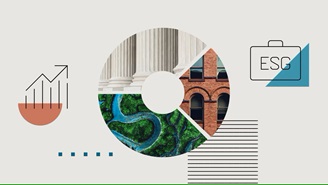ESG in Conversation: Shining a Light on Shareholder Rights
Tune in to hear experts share their perspectives on sustainable investing trends and the changing regulatory landscape, as well as changes in proxy voting activities, the influence of dual class share structures and their impact on say on pay votes.















